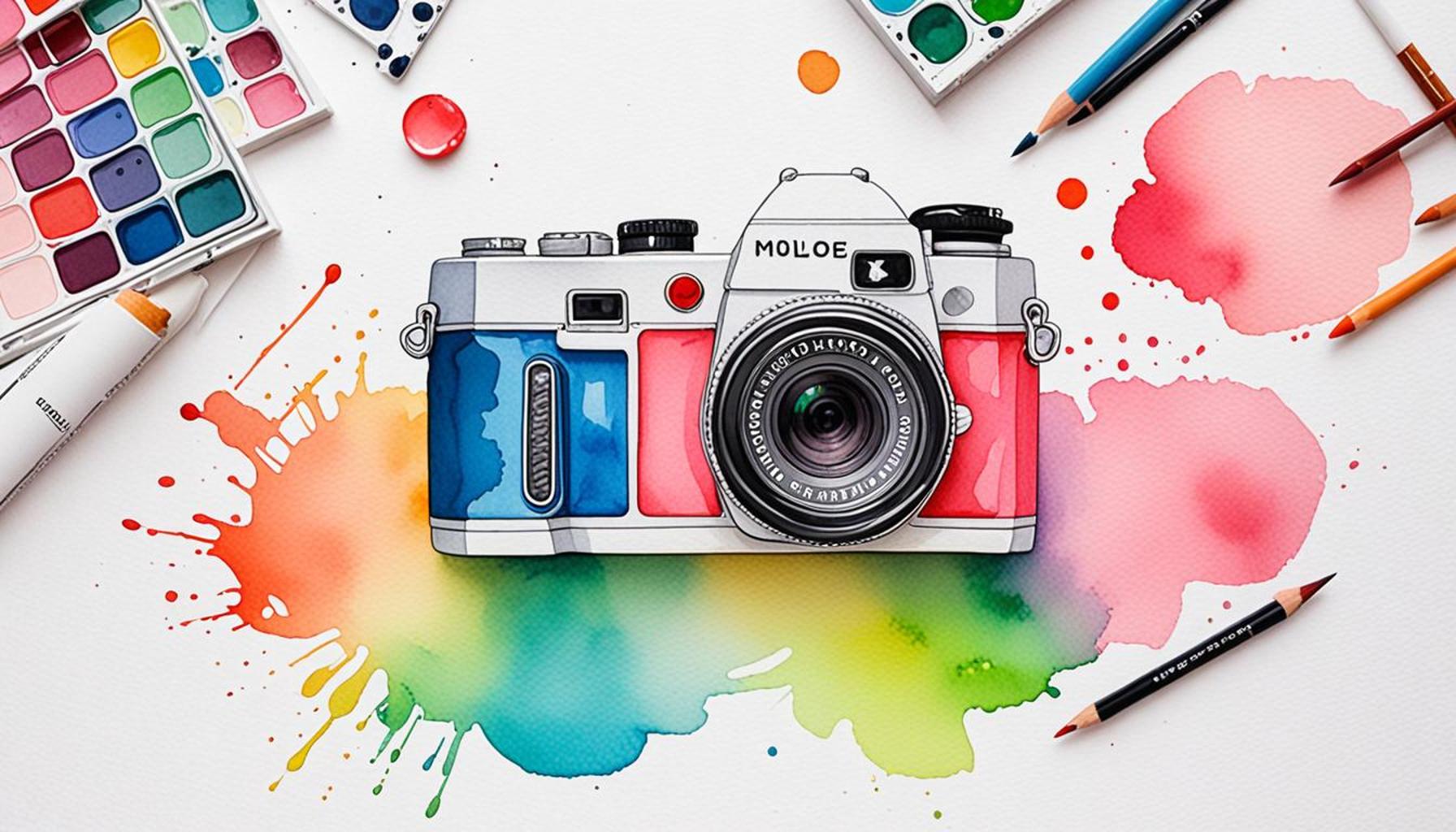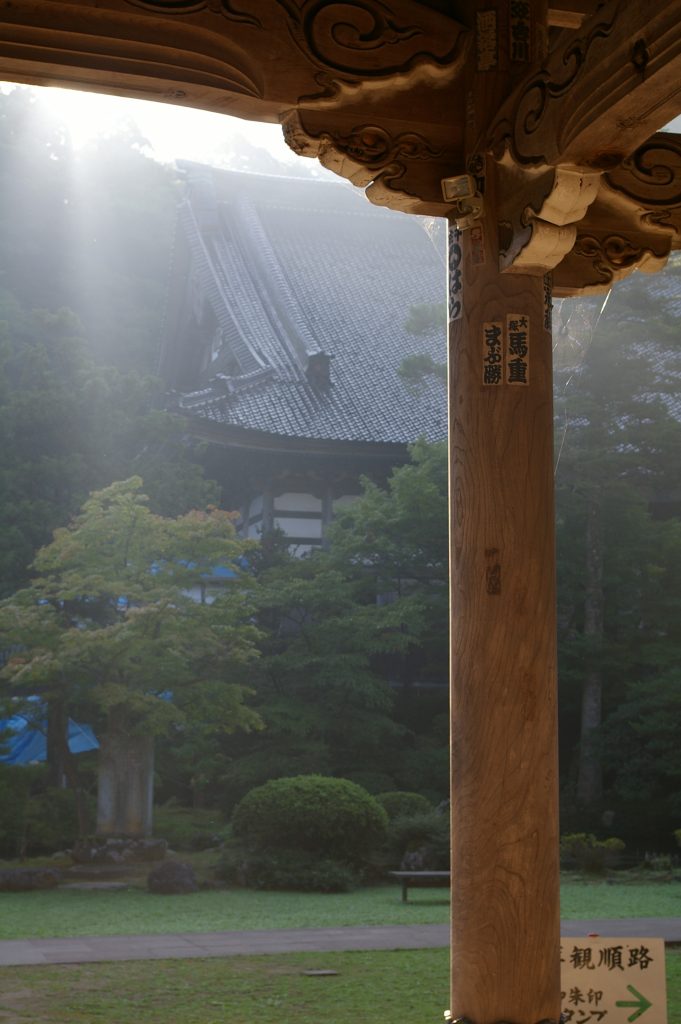The role of simple aesthetics in photography: capturing the beauty of everyday life with less

The Art of Embracing Minimalism in Photography
In today’s fast-paced society, we are inundated with visual noise—a barrage of images that clamor for our attention. Amidst this chaos, the importance of simple aesthetics in photography offers a refreshing perspective, encouraging both photographers and viewers to connect with the world around them in a more meaningful way. By stripping away the superfluous, the minimalistic approach to photography reveals the inherent beauty of everyday life, allowing deeper emotional connections to flourish.
The essence of simple aesthetics lies in its ability to challenge our perceptions and invite us to:
- Appreciate common objects in new ways. Take, for instance, the humble coffee cup. Through a skilled photographer’s lens, this ordinary object can become a focal point, telling stories of morning routines and quiet moments of reflection.
- Convey powerful messages through uncomplicated visuals. An image of a lone tree against a vast sky can evoke feelings of loneliness or resilience, depending on context and composition. These messages are amplified when unnecessary distractions are removed.
- Highlight emotions that resonate with viewers. An image capturing a child’s laughter or an elderly couple sharing a moment reveals raw human emotion that transcends words, drawing viewers into the scene.
This photographic style emphasizes the significance of context and composition over elaborate setups. Photographers who embrace simplicity often incorporate:
- Natural light to enhance the subject. Utilizing soft morning light or the warm glow of sunset can create an ethereal effect, illuminating subjects in a way that artificial lighting often cannot.
- Negative space to create balance. By leaving ample space around a subject, photographers can create a sense of tranquility, allowing the viewer’s imagination to fill in the gaps, prompting deeper contemplation.
- Everyday moments that tell stories. Capturing spontaneous interactions, like a shared smile or a hand reaching out, frames the allure of daily life in a way that resonates universally.
As we explore the role of simple aesthetics, there’s an intrinsic charm in the notion that these techniques can transform ordinary scenes into extraordinary images. From bustling city streets, where a single figure might stand out against a backdrop of chaos, to serene rural landscapes that invite peaceful reflection, the potential for capturing beauty lies in the ability to see the extraordinary in the ordinary.
By embracing simple aesthetics, photographers can not only hone their skills, but also inspire a shift in how audiences engage with art. It encourages observers to slow down and savor the visual subtleties, fostering appreciation for the small moments that comprise our lives. So the next time you look through a camera lens, consider the power of simplicity, and remember that sometimes less truly is more.

DISCOVER MORE: Click here to uncover the art of minimalist design
Finding Beauty in Simplicity
The realm of photography offers a unique canvas where simple aesthetics can shine. Unlike grandiose compositions and elaborate setups, this minimalist approach can evoke profound emotions by focusing on what matters most—the subject. By honing in on everyday life, photographers who embrace simplicity provide a fresh lens through which we can interpret our surroundings. This method empowers viewers to see the extraordinary aspects of mundane moments and enhances our appreciation for the beauty in simplicity.
Central to the impact of simple aesthetics in photography is the principle of careful observation. By taking the time to truly look at surroundings, photographers can identify subtle elements that can transform an ordinary scene into a captivating image. Consider the way a raindrop clings to a leaf or how shadows dance across a textured surface. In these small details lies the beauty that often goes unnoticed.
Moreover, compositional techniques play an integral role in capturing simplicity effectively. Some key elements that photographers frequently utilize include:
- Leading Lines: Using natural lines within a scene can guide the viewer’s eye, creating depth and directing focus toward the subject.
- Color Palette: A limited color scheme can enhance the emotional resonance of an image, drawing attention to the subject through harmony or contrast.
- Framing: Photographing through a doorway or beneath overhanging branches adds layers to images while maintaining simplicity, enriching the viewing experience.
For many, minimalism in photography also extends beyond aesthetic choices and delves into the philosophical. The act of concentrating on fewer elements invites a sense of mindfulness, allowing photographers to become immersed in the present moment. This approach cultivates a deeper awareness not just in the act of capturing an image, but also in the appreciation of life itself.
One cannot overlook how this aesthetic resonates with the current cultural climate, particularly in the United States, where the fast pace of modern life can lead to a sense of overwhelm. With social media feeds overflowing with curated perfection, the simplicity of minimalistic photography stands out as a reminder that real beauty often lies in authentic, unadorned experiences. Today’s audience craves these genuine moments, drawn to images that feel relatable and honest.
Ultimately, simple aesthetics in photography acts as a powerful tool—both for the creator and the observer. It invites us to pause, reflect, and celebrate the small interactions that weave the fabric of daily life. Whether capturing the gentle sway of grass in the breeze or the quiet kindness shared between strangers, this way of seeing helps illuminate the world around us, allowing us to appreciate the beauty found in the mundane. As we continue to explore this captivating intersection of art and life, we discover that even in its simplest form, photography can tell profound stories.
The Impact of Minimalism in Photography
In a world often overwhelmed by visual noise, the concept of minimalism in photography has emerged as a refreshing antidote. By stripping away distractions and embracing simplicity, photographers are able to focus more on the essence of their subjects. This approach not only highlights the beauty of ordinary moments but also invites the viewer to appreciate the subtleties that often go unnoticed.Minimalism encourages a keen observation of one’s surroundings; an invitation to see beauty in the mundane. For instance, consider the way light plays on a single leaf or the texture of an aged wall. These elements, when captured thoughtfully, can evoke profound emotional responses. The minimalist aesthetic allows these small yet significant details to take center stage, ultimately telling a richer story than more complex compositions might convey.Additionally, the role of simple aesthetics in photography reflects a shift in how we engage with images. In social media’s fast-paced environment, where viewers are bombarded with excessive stimuli, an uncomplicated image can stand out. Such images resonate with audiences seeking authenticity and connection. This trend demonstrates a growing appreciation for the artistry involved in capturing life’s quieter moments—those that evoke nostalgia, serenity, and reflection.By utilizing negative space, clean lines, and a restrained color palette, photographers can create striking compositions that speak volumes without unnecessary embellishments. Techniques like these not only enhance the visual appeal but also provide a platform for storytelling, urging viewers to explore deeper meanings. As we delve further into this topic, it becomes increasingly clear that the role of simple aesthetics transcends mere visual preferences; it embodies a broader cultural movement toward mindfulness and appreciation of the present. This returning to the basics in photography reminds us that beauty is often found in simplicity and that capturing life’s essence can be achieved with less.
Embracing the Ordinary
Photographers who embrace minimalism do more than just capture images; they cultivate a mindset that values the ordinary. This practice fosters a deeper relationship with their environment, urging them to see the beauty in daily life that many overlook. Incorporating these principles into photography nurtures not just creativity but also enhances personal growth, as individuals learn to focus their attention on the details that make life extraordinary. Each image can serve as a reminder that sometimes, less truly is more. Overall, minimalism in photography not only captures the beauty of everyday life but also prompts a profound reassessment of how we engage with and interpret the world around us.
| Category | Advantages |
|---|---|
| Emphasis on Detail | Highlights the overlooked aspects of daily life, making the mundane captivating. |
| Enhanced Emotional Connection | Encourages viewers to forge personal connections with simple, relatable images. |
| Cultural Relevance | Resonates with a growing appreciation for mindfulness and authenticity in modern life. |
| Creative Exploration | Invites photographers to explore new perspectives and imaginative interpretations. |
DISCOVER MORE: Click here to discover the benefits of emotional detachment
Chasing Authentic Moments
As the landscape of photography continues to evolve, the role of simple aesthetics has become increasingly important in capturing authentic moments that resonate deeply with viewers. In an age dominated by technology and manufactured visuals, the allure of simplicity calls upon us to appreciate the raw and unembellished facets of life. Photographers are now turning their lenses toward candid situations and unscripted interactions, portraying scenes that tell a story without the need for overwhelming complexity.
One striking example of this shift is the rise of street photography, a genre that thrives on the unguarded beauty of everyday life. Photographers like Henri Cartier-Bresson popularized the concept of the decisive moment, where unexpected occurrences—from a child laughing on a city sidewalk to a couple sharing an intimate glance—capture the fluidity of life itself. Today, artists such as Humza Deas and Alexandre Gauthier continue to explore urban environments, revealing the simplicity and depth of personal narratives through a minimalist lens. Their work encourages viewers to interact with their environments differently by focusing on fleeting moments that may otherwise go unnoticed.
The essence of simple aesthetics in photography can also be attributed to the growing popularity of mobile photography. Smartphones have democratized the medium, allowing anyone to capture images with ease. Apps like VSCO and Lightroom empower photographers to create elegant edits while maintaining the raw nature of their subjects. The candid nature of mobile photography tends to reflect a more personal approach, where subjects—ranging from a home-cooked meal to a bustling farmers’ market—become gateways into the photographer’s life. This accessibility fosters community and connection, as individuals share relatable experiences, further emphasizing the beauty found in simplicity.
In examining the role of natural light in minimalist photography, it becomes evident that less can indeed be more. Many photographers intentionally opt for softer lighting conditions—such as early morning or late afternoon—to enhance the subtleties within their images. Soft shadows and gentle hues draw attention to textures, allowing the viewer to engage with the photograph on a sensory level. The striking landscape images often taken in these golden hours showcase how minimalist aesthetics can also be applied in nature, framing majestic natural scenes without overwhelming the viewer.
Furthermore, the use of negative space is an essential technique in the realm of simple aesthetics. By leaving ample space around a subject, photographers can evoke feelings of contemplation or solitude. This artistic choice speaks volumes without the need for additional visual clutter. Images such as a lone tree in a vast field or a single chair in an empty room communicate powerful narratives about isolation, freedom, or possibility without uttering a word.
As our society becomes more visually stimulated than ever, the quest for simplicity in photography not only serves as an aesthetic choice but evolves into a crucial medium for storytelling. Each frame reveals emotions and experiences that resonate with our collective consciousness. From the meticulous attention to detail that goes into capturing minimalistic visuals to the profound connections established with viewers, simple aesthetics remind us that beneath the surface lies a world filled with beauty, waiting to be discovered.
DISCOVER MORE: Click here for tips on transforming your daily life
Embracing Simplicity in the Visual Narrative
In conclusion, the role of simple aesthetics in photography is not just a passing trend but a profound shift in how we perceive and engage with our world. By focusing on the understated beauty of everyday life, photographers are redefining the essence of visual storytelling. The power of simplicity lies in its ability to evoke genuine emotions and foster connections, allowing viewers to resonate with experiences that are all too familiar.
From the candid shots of bustling urban streets to the soft portrayal of natural landscapes, minimalist photography encourages us to pause and appreciate the subtleties often overlooked. The use of natural light and negative space not only enhances the visual impact of an image but also draws attention to the broader narratives that emerge from seemingly mundane situations. By embracing the philosophy of ‘less is more,’ photographers cultivate a space where authenticity and creativity thrive.
As technology continues to democratize photography, the accessibility provided by mobile devices and editing tools empowers individuals to explore and showcase their unique perspectives. This shift invites a broader audience to engage in the conversation about the beauty of simplicity, urging us all to take a closer look at our surroundings and document our shared human experiences.
Ultimately, the exploration of simple aesthetics in photography serves as a reminder that beauty exists in the ordinary, and every frame can capture a fleeting moment that tells a story. As we navigate an increasingly complex visual landscape, let us celebrate the simplicity that enriches our lives, inspiring us to rediscover the magic woven into our daily existence.


